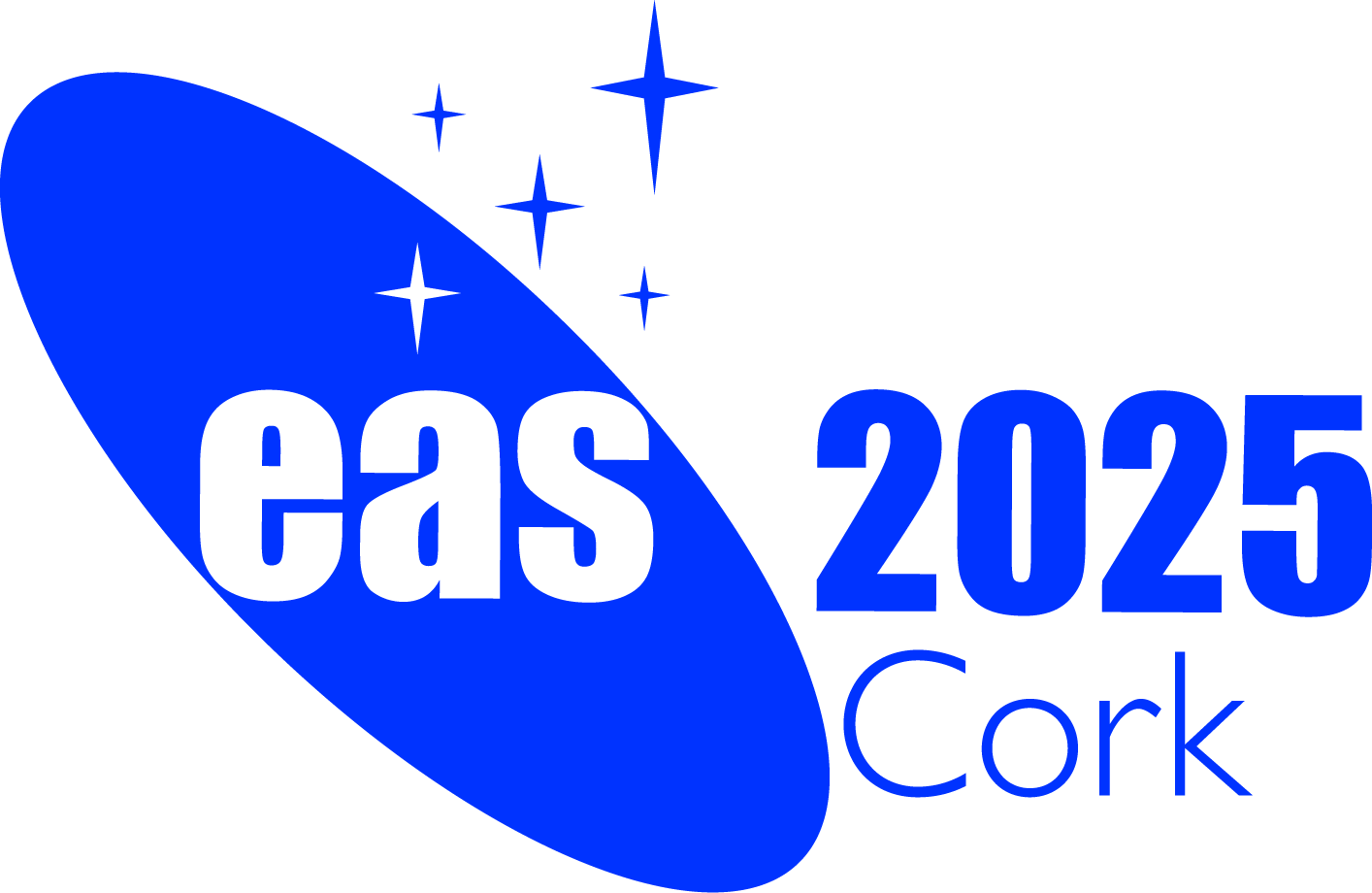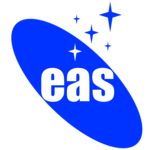
|
Special Session SS4
24 June 2025
The future of terrestrial exoplanet characterizationNews: Mid-April: Selection of contributed talks Aims and scope
The discovery of ~5800 exoplanets to date allows demographic studies, and brings the characterization of the climate and surface conditions of terrestrial exoplanets, including their potential habitability, to the forefront of exoplanet research. While JWST is already providing the first pioneering observations of transiting rocky planet atmospheres, identifying the presence of life on these planets is still largely out of reach. The next big step is to directly image and measure spectra for a statistical sample of rocky worlds. Current ground-based telescopes can detect young giant exoplanets such as PDS 70b/c, and NASA's Roman space telescope will extend our reach to mature gas giants. The ELTs will provide the angular resolution and the sensitivity to directly image rocky planets around nearby red dwarf stars. However, for statistical samples, especially for Sun-like stars, space missions are needed.
Programme
Invited speakers
Scientific organisers Eleonora Alei (NASA GSFC); Giada Arney (NASA GSFC); Jo Barstow (Open University); Óscar Carrión González (Obs.Paris); Christiane Helling (IWF Graz); Stefan Kraus (U Exeter, co-Chair); Laura Kreidberg (MPIA Heidelberg); Michiel Min (SRON Leiden); John Monnier (U Michigan); Floris van der Tak (SRON Groningen; Chair) Contact vdtak @ sron.nl Updated on Fri Mar 07 14:59:11 CET 2025
|
||||||||
|
European Astronomical Society |
|||||||||
 A power cut will shut down all EAS services on Tuesday, 10 January 2017 starting at 7:30 CET.
A power cut will shut down all EAS services on Tuesday, 10 January 2017 starting at 7:30 CET.

